According to market research firm TrendForce, SK hynix recorded a 36% share of the global DRAM market (based on revenue) in the first quarter of this year, surpassing Samsung Electronics, which posted a 33.7% share.
This is the first time SK hynix has claimed the No. 1 spot in the global DRAM market. It is also the first time in 33 years, since 1992, that Samsung Electronics has lost its top position.
SK hynix’s DRAM sales in Q1 this year amounted to USD 9.718 billion, a 7.1% decrease from the previous quarter. However, Samsung Electronics saw an even larger decline, with sales dropping 19.1% to USD 9.1 billion during the same period.
The difference in performance between the two companies was driven by high bandwidth memory (HBM), a semiconductor for artificial intelligence (AI). TrendForce analyzed, “SK hynix managed to defend its average selling price (ASP) thanks to increased shipments of 5th-generation HBM3e.”
IIn contrast, Samsung Electronics saw a significant decline in shipments of its HBM3e products following a redesign. It is reported that Samsung Electronics undertook a redesign of its HBM3E 12-layer product in March to pass quality verification (qualification test) for supply to NVIDIA, which has been delayed for over a year.
There are projections that SK hynix will maintain its No. 1 position in the DRAM market for the entire year. Since SK hynix’s HBM, where the company dominates, is supplied to customers under annual contracts, it is largely unaffected by external variables such as market conditions. Even if Samsung Electronics ramps up HBM3E supply in the second half of the year, SK hynix is expected to post stable results based on existing contracts.
Kim Rok-ho, Senior Research Analyst at Hana Securities, estimated, “The proportion of HBM in SK hynix’s total sales will approach 50% by the end of this year.”
To turn the tables, Samsung Electronics must prepare for the upcoming competition in 6th-generation HBM4, which will enter full-scale mass production next year. According to industry sources, Samsung Electronics is considering expanding its 6th-generation (1c) DRAM production capacity at facilities such as the Pyeongtaek Plant 4 (P4). The company plans to apply this to HBM4. SK hynix is reportedly planning to use its 5th-generation (1b) DRAM for both HBM3e and HBM4. Samsung Electronics’ strategy appears to be to apply more advanced generation microfabrication technology and aim for a swift reversal.
Gwak Horyung (horr@fntimes.com)





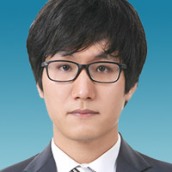





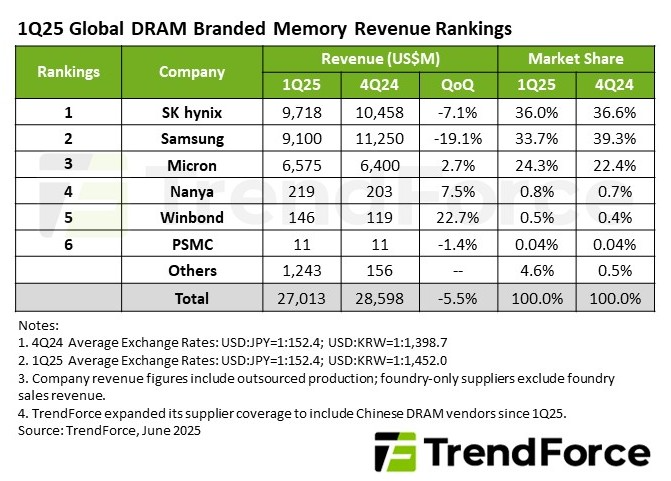
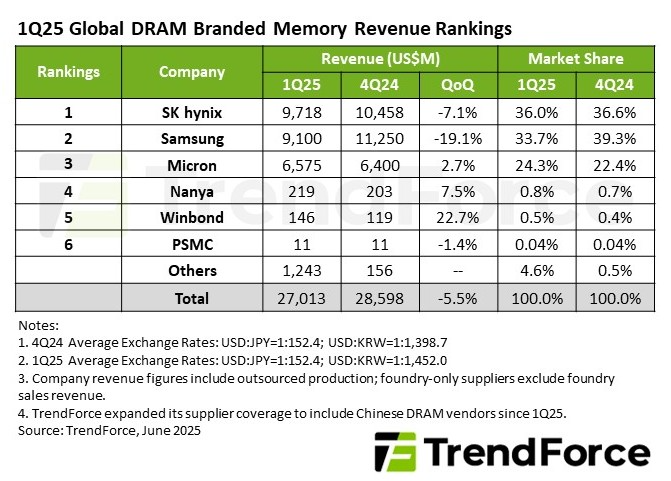






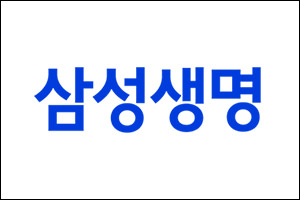













![강남구 ‘디에이치자이개포’ 24평, 5개월 만에 4.3억 상승한 33억원에 거래 [아파트 신고가]](https://cfnimage.commutil.kr/phpwas/restmb_setimgmake.php?pp=006&w=69&h=45&m=5&simg=2025061908193804321e41d7fc6c2183101242202.jpg&nmt=18)
![양천구 ‘목동센트럴아이파크위브’ 33평, 5.8억 내린 8.5억원에 거래 [이 주의 하락아파트]](https://cfnimage.commutil.kr/phpwas/restmb_setimgmake.php?pp=006&w=69&h=45&m=5&simg=2023032209572705070b372994c951191922428.jpg&nmt=18)














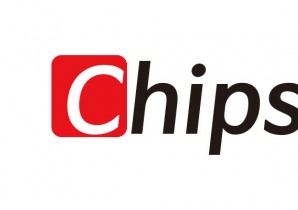
![[카드뉴스] KT&G, 제조 부문 명장 선발, 기술 리더 중심 본원적 경쟁력 강화](https://cfnimage.commutil.kr/phpwas/restmb_setimgmake.php?pp=006&w=298&h=298&m=1&simg=202509241142445913de68fcbb3512411124362_0.png&nmt=18)
![[카드뉴스] KT&G ‘Global Jr. Committee’, 조직문화 혁신 방안 제언](https://cfnimage.commutil.kr/phpwas/restmb_setimgmake.php?pp=006&w=298&h=298&m=1&simg=202503261121571288de68fcbb3512411124362_0.png&nmt=18)


![[카드뉴스] 국립생태원과 함께 환경보호 활동 강화하는 KT&G](https://cfnimage.commutil.kr/phpwas/restmb_setimgmake.php?pp=006&w=298&h=298&m=1&simg=202403221529138957c1c16452b0175114235199_0.png&nmt=18)
![[신간] 고수의 M&A 바이블](https://cfnimage.commutil.kr/phpwas/restmb_setimgmake.php?pp=006&w=81&h=123&m=5&simg=2025091008414900330f8caa4a5ce12411124362.jpg&nmt=18)
![[신간] 리빌딩 코리아 - 피크 코리아 극복을 위한 생산성 주도 성장 전략](https://cfnimage.commutil.kr/phpwas/restmb_setimgmake.php?pp=006&w=81&h=123&m=5&simg=2025032814555807705f8caa4a5ce12411124362.jpg&nmt=18)
![[서평] 추세 매매의 대가들...추세추종 투자전략의 대가 14인 인터뷰](https://cfnimage.commutil.kr/phpwas/restmb_setimgmake.php?pp=006&w=81&h=123&m=5&simg=2023102410444004986c1c16452b0175114235199.jpg&nmt=18)

![[신간] 조금 느려도 괜찮아...느림 속에서 발견한 마음의 빛깔](https://cfnimage.commutil.kr/phpwas/restmb_setimgmake.php?pp=006&w=81&h=123&m=5&simg=20251105082239062852a735e27af12411124362.jpg&nmt=18)

![[AD] 기아 ‘PV5’, 최대 적재중량 1회 충전 693km 주행 기네스 신기록](https://cfnimage.commutil.kr/phpwas/restmb_setimgmake.php?pp=006&w=89&h=45&m=1&simg=20251105115215067287492587736121125197123.jpg&nmt=18)
![[카드뉴스] KT&G, 제조 부문 명장 선발, 기술 리더 중심 본원적 경쟁력 강화](https://cfnimage.commutil.kr/phpwas/restmb_setimgmake.php?pp=006&w=89&h=45&m=1&simg=202509241142445913de68fcbb3512411124362_0.png&nmt=18)
![[AD]‘황금연휴에 즐기세요’ 기아, ‘미리 추석 페스타’ 이벤트 실시](https://cfnimage.commutil.kr/phpwas/restmb_setimgmake.php?pp=006&w=89&h=45&m=1&simg=20250903093618029117492587736121166140186.jpg&nmt=18)
![[AD]‘패밀리카 선두 주자’ 기아, ‘The 2026 카니발’ 출시](https://cfnimage.commutil.kr/phpwas/restmb_setimgmake.php?pp=006&w=89&h=45&m=1&simg=2025081810452407346749258773621116810840.jpg&nmt=18)
![[AD] ‘상품성↑가격↓’ 현대차, 2025년형 ‘아이오닉 5’·‘코나 일렉트릭’ 출시](https://cfnimage.commutil.kr/phpwas/restmb_setimgmake.php?pp=006&w=89&h=45&m=1&simg=202505131018360969274925877362115218260.jpg&nmt=18)



